
BY PATRICIA NEWMAN
What is sound? Most physics teachers would define sound as vibration in the air around us. While that definition is correction from an academic point of view, it doesn’t get to the heart of sound. Sound is communication: talking, music, shouting, chirping, squealing, mooing, honking, crashing, blowing — the list is virtually endless. All of these sounds communicate emotions and messages. How do different sounds communicate different messages? Elephants can help answer this question.
Learning from the biggest sound machines on land
I think if elephants could teach, they’d teach sound. Usually we rely on animals to teach us about the differences between species or the concept of endangered species. We might even examine specific animal behaviors.
But elephants can be quite chatty. They trumpet a birth, roar at death, and rumble about migration routes. Pandemonium ensues when two elephants mate (no privacy in the elephant world). They also communicate in multiple frequencies—both within and below our range of hearing.
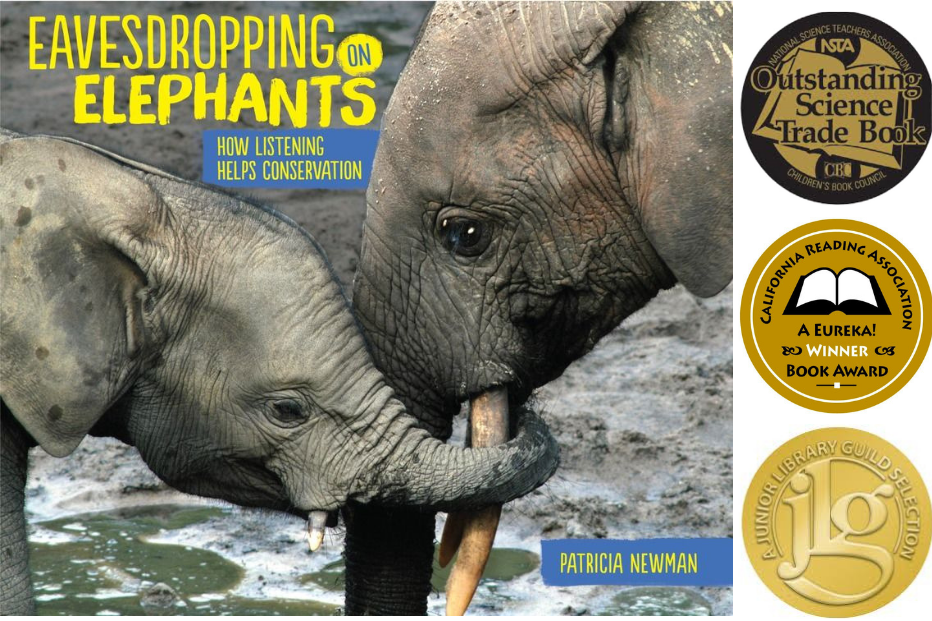
multi-user eBook from Lerner Books. The eBook is also available from Follett, Mackin, PermaBound, ProQuest, Overdrive, Barnes & Noble, Google Play, Hoopla, Amazon, and many other platforms.
Most elementary or intermediate sound units begin with the concept of sound as vibration, and we use musical instruments to demonstrate. What if we turn that approach upside down and begin with sounds as a means of communication before drilling down to the physics of how sound is made? In other words, start with the phenomenon: I wonder what those elephants are saying?
Below are several STEM + language arts activites that you can do in-person or virtually with students.
Kickstart your sound unit: Find out how much students know about elephants
Share your screen that displays a digital image of the Eavesdropping on Elephants book cover and/or show students the book trailer (below). Ask them to respond to a pre-reading poll that you construct from the table below. (You can set it up in advance on Zoom or some other virtual platform. It will be fun for students to see the results graphed on the spot.)
After the poll, ask students if they know anything else about elephants that hasn’t been covered.
| POLL QUESTION | ANSWER |
|---|---|
| Elephants are the largest land animal. | True |
| Elephants are omnivores. | False; they are herbivores. |
| Without elephants, many other species could not survive. | True; elephants create trails, dig up minerals from the ground, plant seeds as they poop, etc.. |
| Elephants only receive and interpret communication through their ears. | False; they can use their feet or trunks to sense infrasound rumbles coming from elephants far away. |
| Elephants exhibit many behaviors and emotions such as grief, play, and selfishness. | True; and Elephant Listening Project scientists work to match elephant sounds with their behaviors. |
| Natural predators pose the greatest risk to elephants. | False; habitat loss and poaching pose a much greater risk. |
| Elephants are most often poached for their meat. | False; poachers primarily kill elephants for their ivory tusks. |
| Whales also use infrasound to communicate. | True; infrasound is common in large animals that travel long distances because it’s a type of communication that can travel many miles. |
| Scientists know most of what we need to know in order to conserve elephants. | False; there’s still a lot to learn and discover! |
How scientists use sound the study elephants
Read Eavesdropping on Elephants: How Listening Helps Conservation and listen to the QR codes in the book, then have an open discussion with students using the following questions as guidelines:
- Describe how the scientists with the Elephant Listening Project (ELP) studied elephant sounds.
- What equipment did they use?
- What sounds do elephants make? How do these sounds differ from other sounds in the forest?
- How important is sound to elephants? In what ways do they use sounds?
- What do elephants use infrasound for?
- Does studying elephant sound appeal to you? Why or why not?
A language of their own
ELP scientists discovered that elephants use many different sounds to communicate emotion. For this activity, you’ll need to divide students into virtual chat rooms. Divide students into groups of two or three students. Challenge them to use sounds and movements to convey emotions (fear, greeting, sadness, excitement, warning, surprise, etc.) without using words. Can their partner guess what emotion they are trying to convey?
When you bring student back into the main room, ask some teams to share their hardest/funniest/most dramatic sounds.
After students return to the main room, watch the video of two elephants greeting each other (see p. 23 of the book for the QR code). Ask students to notice the movements and sounds of the elephants, then discuss:
- What types of behaviors and sounds did the elephants use to communicate their feelings? (i.e. low rumbles, trunk waving, ear flapping, etc.)
- How were their behaviors and sounds similar to or different than the ways in which humans greet each other?
Next, ask students to draw and label a diagram to illustrate how elephants communicate with one another.
These students are playing a Language of Their Own
Make a sound map
This activity may be done on a playground, or as a homework assignment in any location of the student’s choosing.
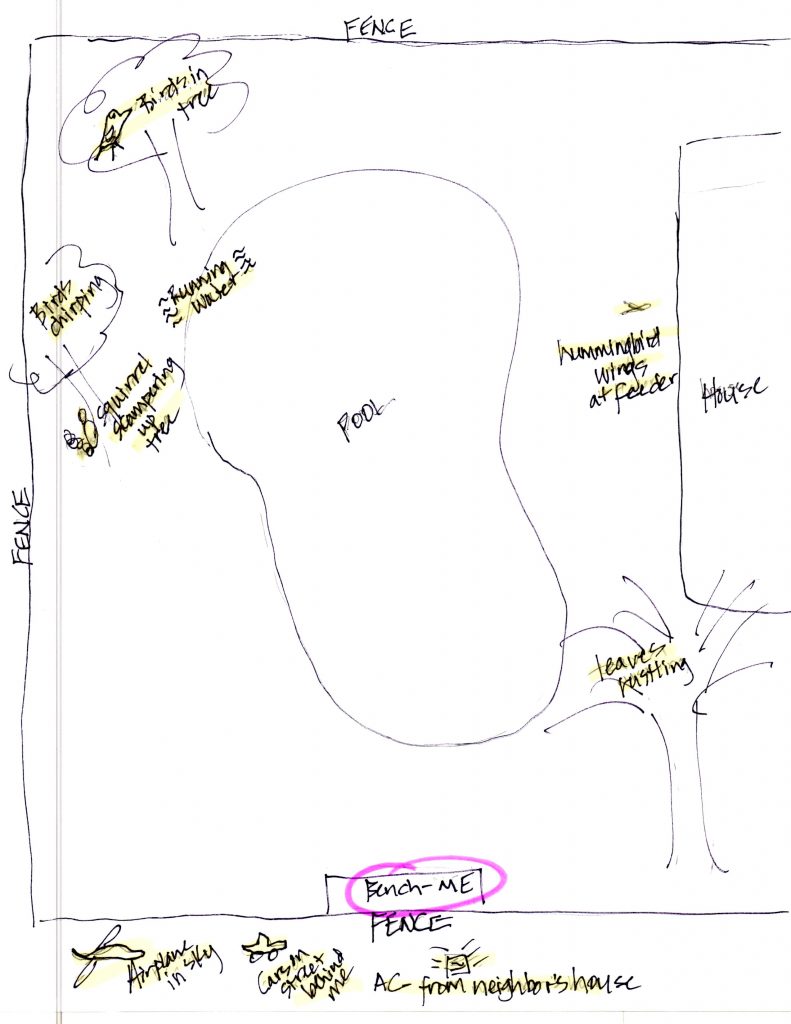
Each student needs a clipboard and piece of paper (or a notebook), and a pencil. If you are on the playground, spread students out.
Ask students to sit quietly and listen for 3 to 5 minutes, using their paper to make a map of what they hear. Encourage students to use their own
symbols to map the sounds around them (such as cars, running water, other people, insects, planes, and birds). Share sound maps and discuss the sounds they hear:
- Which sounds are close/far?
- Noisy/quiet?
- Natural/human-generated?
- Were most sounds from one direction, why or why not?
Ask students to choose from a group of sounds from their sound map and write a 3-paragraph short-short story.
Decoding spectrograms

Researchers at the Elephant Listening Project use spectrograms to study the language of elephants. Spectrograms are visual representations of recorded sound over time. They can also help us study sounds that we can’t hear with our ears, otherwise known as infrasound.
Read “Seeing Sound” on page 15 of Eavesdropping on Elephants. Using the information you learned, visit the Cornell Lab of Ornithology elephant page, scroll to Activity #9, and watch the four elephant behavior videos.
Answer the following observational questions:
- What is plotted on the x-axis? (time) The y-axis? (frequency)
- What patterns do you see on the spectrograms? (Frequency/pitch and amplitude/loudness are both represented.)
- Are there parts of the spectrograms that indicate sound being made, but that you can’t hear?
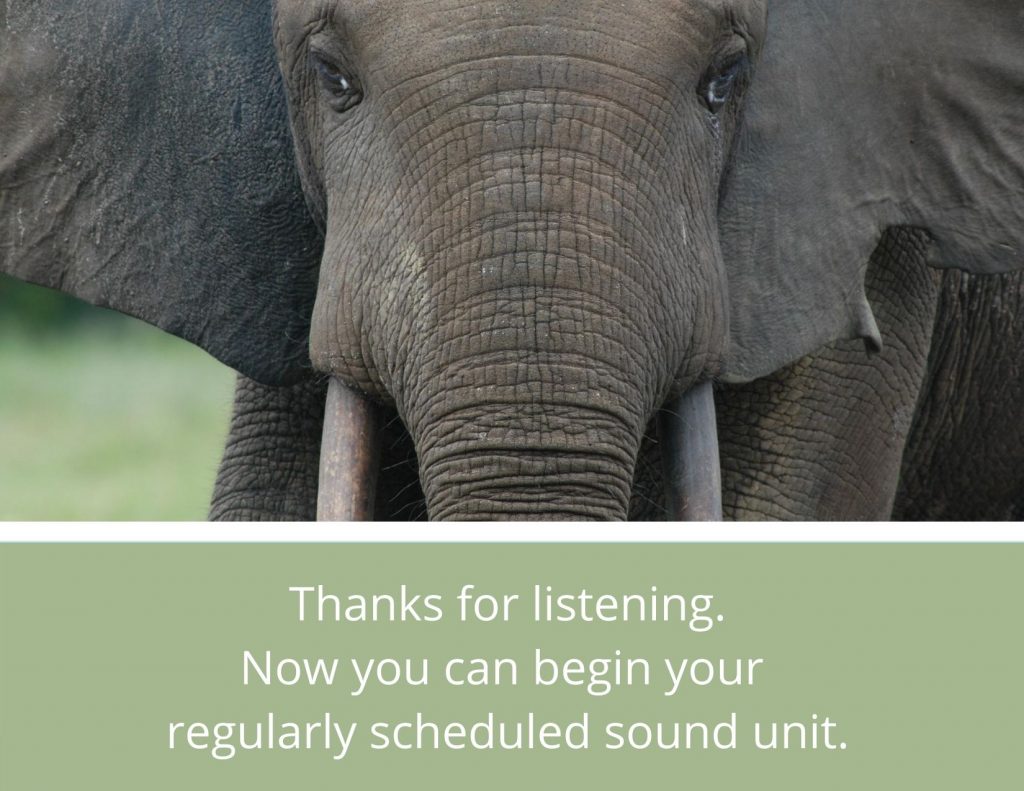
Looking for more?
These and other activities are available in the complete curriculum guide for Eavesdropping on Elephants


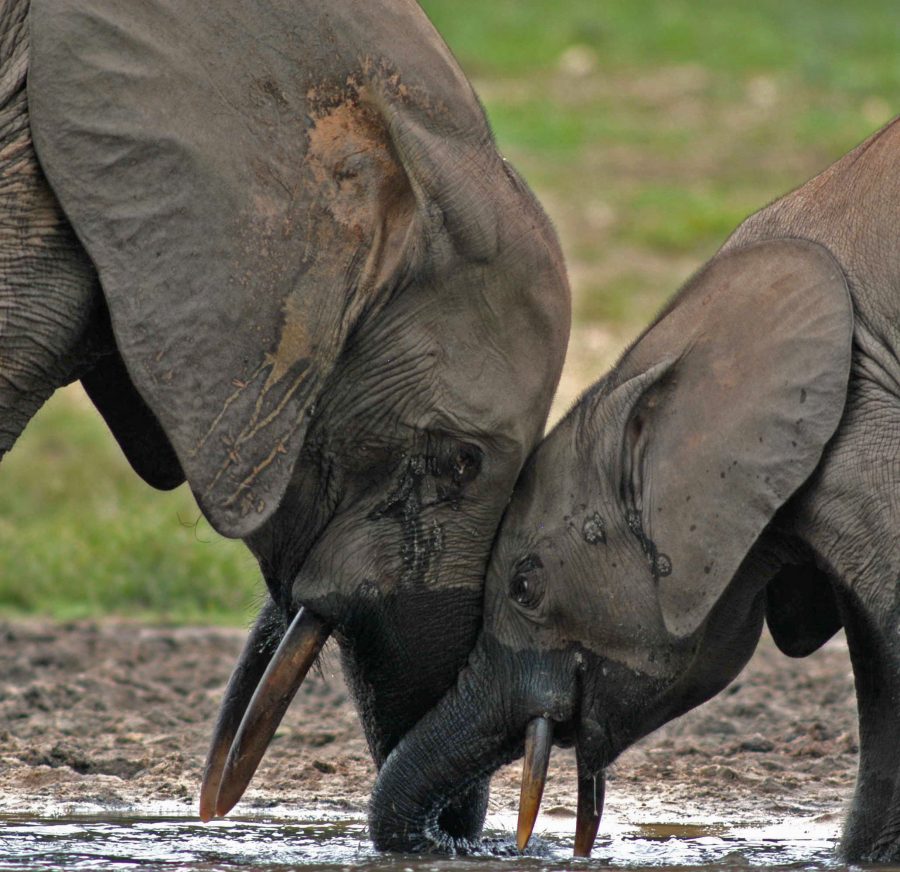
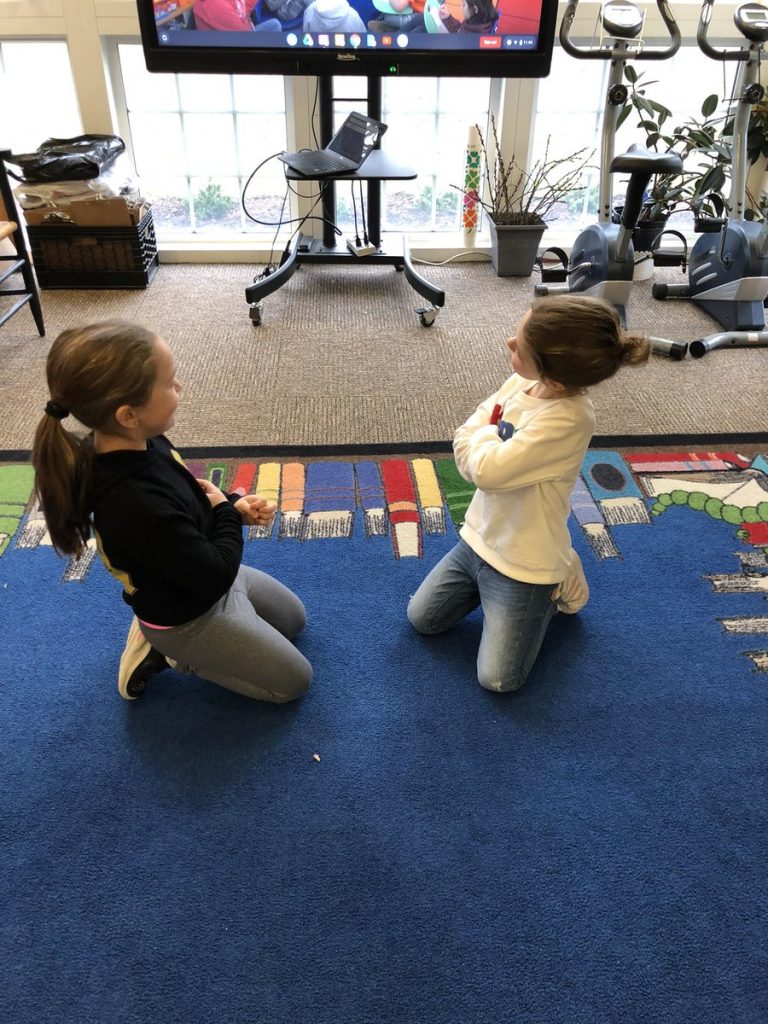
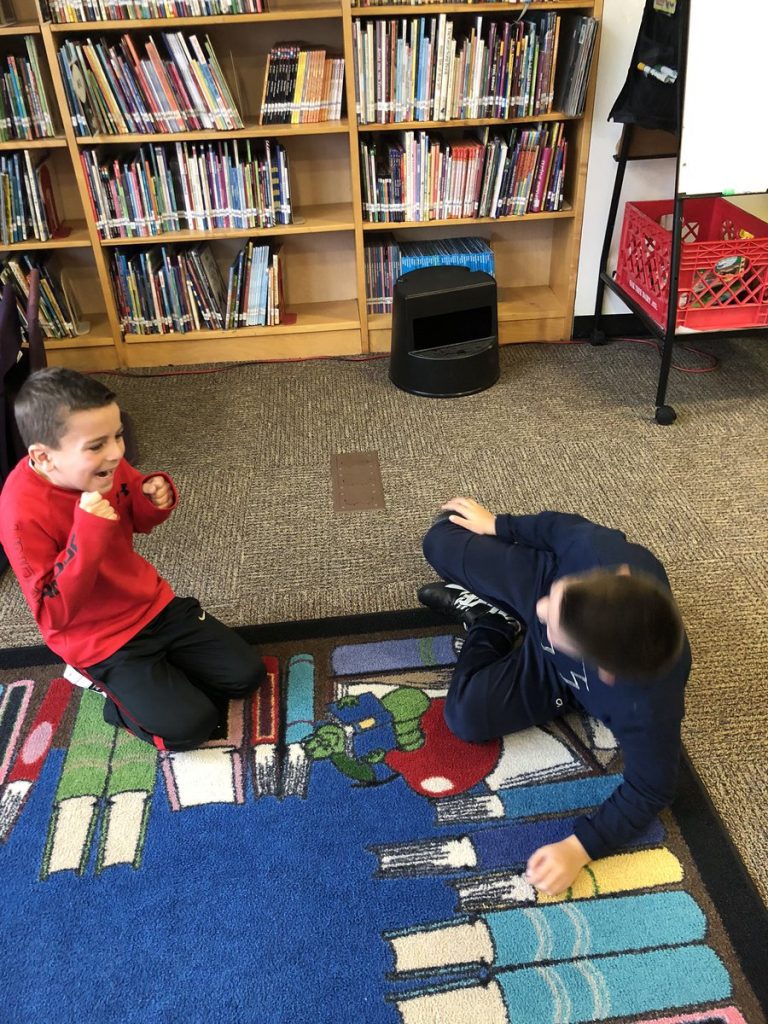


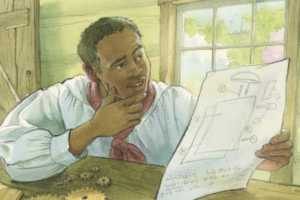


Leave a Reply
Your email is safe with me.